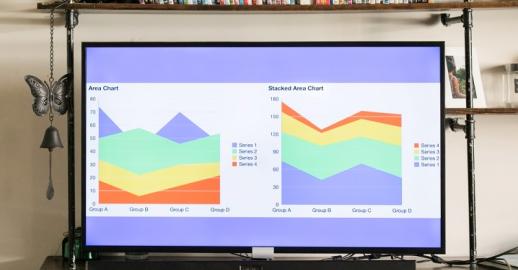Five Acceptable Reasons for a High Bounce Rate

29th June 2012
Bounce rate can easily and quickly be defined as the percentage of visitors who enter a website but, leave before navigating to another page.
“Leaving” can be accounted for in four ways:
- The visitor clicks the back button
- The visitor closes the browser
- The visitor types a new URL into their browser and visits that URL instead
- The visitor does nothing for 30 minutes (sometimes called a session time out)
It is an extremely useful stat; it is a good way to quickly gauge if your landing pages are relevant to visitors. If a visitor bounces then this can be an indication that your visitors do not find your site relevant, at least, not by their first impressions.
From this statistic, you can work out which landing pages need to be improved, which keywords work and if your PPC advertising and links from referral sites sending you relevant traffic.
However, a high bounce rate is not always bad. Here are five ways in which a high bounce rate is not only normal but expected:
It’s Your Blog – It is normal for a blog to have a high bounce rate. If you have a successful blog with many returning visitors, it is normal that they only want to read your latest blog post as they have read the other content. Or they are looking for information about one thing and the page contains all the information they need. A better metric for measuring success for a blog could be RSS subscribers, newsletter sign-ups, or even social metrics such as Facebook “likes”.
Your Site Has Only One Page - If your site only has one page you will receive a 100% bounce rate. Time on site (and therefore bounce rate) is calculated between the first cookie given to a user when they enter the site and their last page view. This means if your site has only one page there will be no way to track time on the page or bounce rate. It may be worth adding a few more pages. Adding a thank you page for people subscribing or enquiring will allow you to track more metrics on some visitors.
It’s Your Contact Page – If you are seeing high bounce rates on your contact page it is because the visitor wants to find some information about you e.g address or phone number, this will be normal for local businesses with a physical location like a restaurant. This can be especially true if you cannot buy products online. Here, tracking phone enquiries can be especially important.
You Have External Links On Your Landing Page – External links on your page can take users away from your site, and sometimes these “external” links can be owned by you! If you have a subdomain for taking payments, logging in, or editing your “basket” then (assuming you haven’t allowed for it in Google Analytics) visitors clicking these may be considered bounces. This is common with linking to sister sites and when your site checkout is provided by a third party. If you haven’t set up Analytics to track across domains it’s time to invest some time to get it set up correctly.
You Have Effective Ads On Your Website – if users are arriving on your site and immediately clicking off through an advert then it’s probably time to pat yourself on the back. If those clicks are financially rewarding to you there is little to worry about – if not, it may be time to optimize your ad layout.
As you can see there are plenty of reasons to not worry about your bounce rate quite so much. The best bet is always to use bounce rate in conjunction with other metrics such as sales, sign-ups and enquiries and to ensure that if you’re sending customers “away”, you’re doing it for a good reason.






